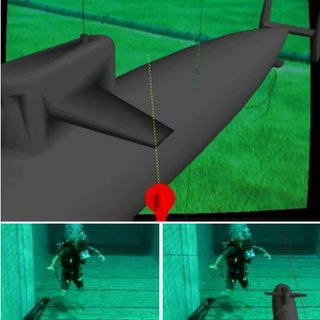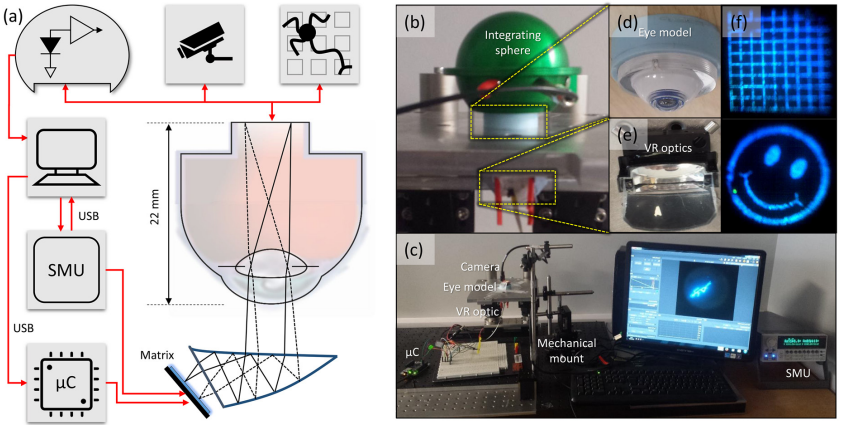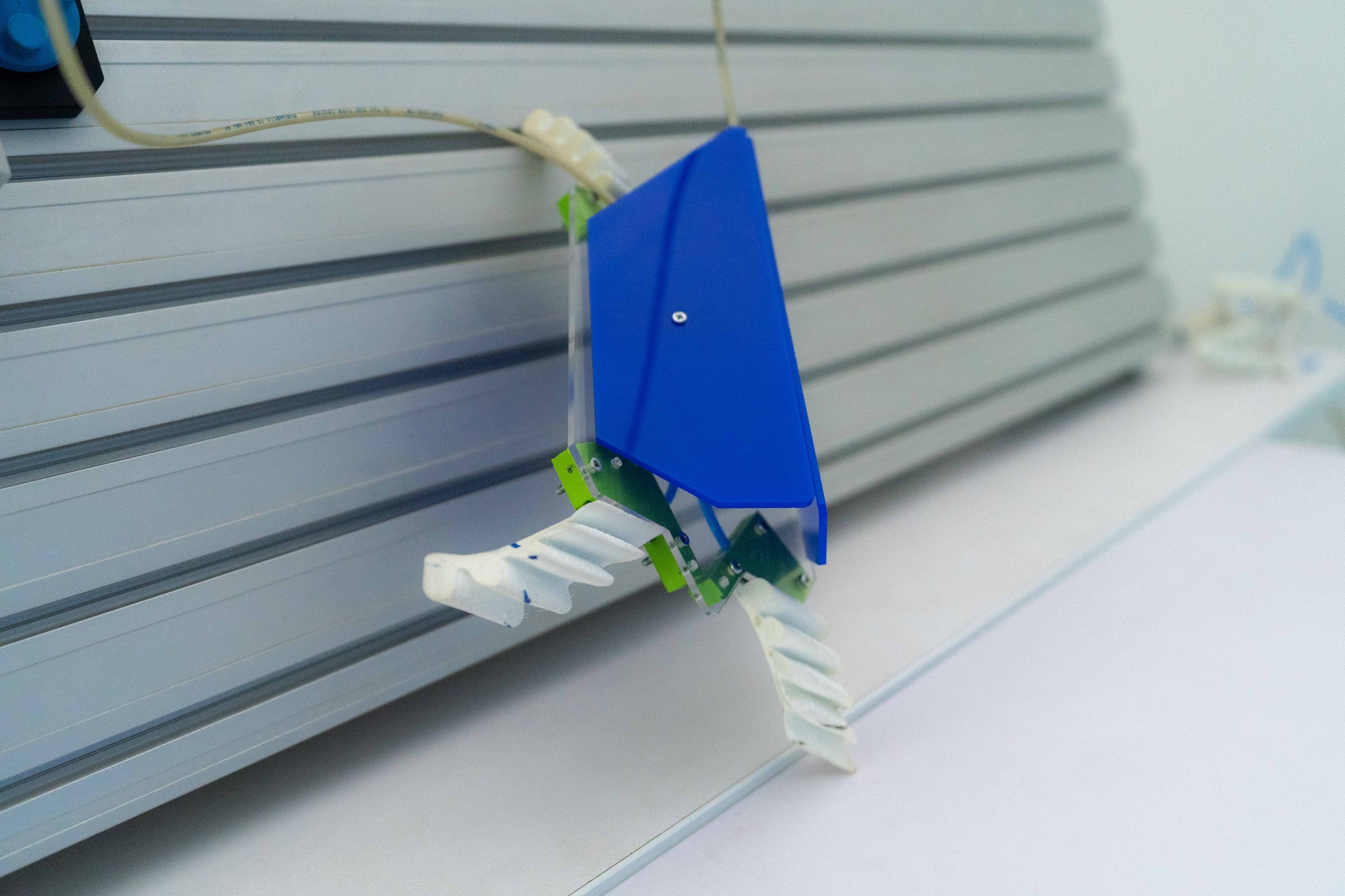Research Project

Research Project
Pre-emergency Alert IoT System-based on Wearable Devices for Diabetic Patient
According to World Health Organization (WHO), there are more than 400 million diabetic adults worldwide. In Egypt, only there are about 8 million diabetic people, and the diabetes prevalence rate is estimated to be 13.3% by 2025, according to WHO. In most cases, the diabetic person requires regular visits to the hospital for health checks. However, due to the COVID pandemic, it has become risky

Research Project
Multi-stage Low-cost Treatment of Dyes and Paints Wastewater by Coagulation, Adsorption, and Filtration for Reuse in Several Application
Objective/Contributions: Designing and constructing a low-cost, efficient, rapid environmentally friendly treatment system for textile and paint industries' recycling and treatment. Conducting a comprehensive literature database of all the reuse and treatment methods, in paints wastewater treatment and all the pilot plants, and treatment plants used success stories that successfully reduce the

Research Project
An Underwater AR based System for Marine Life Detection and Classification for Divers and Tourists
Objective/Contributions: Collecting and annotating an extensive dataset of fish images representing the fish species in the red sea. Building a machine learning model capable of detecting and classifying fish species from a real-time video. Building a proof-of-concept prototype for the AR hardware that is capable of capturing the live video of marine life, running the classification model, and

Research Project
IoT-based Platform for Wearable Devices for Continuous Healthcare Monitoring
The ultimate goal of this project is to achieve diagnosis on the fly and predict abnormal health conditions and alert people before the condition happens. In order to achieve this, the following objectives should be fulfilled: Implementing wearable self-powered painless devices for healthcare monitoring. Implementing AI algorithm for predicting abnormal health conditions. Implementing painless

Research Project
Fractional order Image Processing Platform for Retinal Pigmontosa Patients
Objective/Contributions: Investigation and categorization of the different methodologies in fractional operator discretization. Investigate the effect of the number of memory samples on the performance of different discretization schemes and recommend the scheme which gives the best performance for the least number of memory samples. Discuss the stability analysis of the discretized operators and

Research Project
Cheap and Effective Device for Diagnosis on the Fly for Glucose Level in Human Body
Objective/ Contributions: A first prototype of a glucose device that can be connected to the 4G network. Computer-based software for monitoring the patient’s condition and alerting the system in case of emergency. The correlation between sensor impedance and its sensitivity and developing an auto-calibration based on that. Design and implementation of impedance spectroscopy for the sensor

Research Project
Efficient Implementation of Reconfigurable Machine Learning IP Cores on FPGA
This project's aim is to develop a working flow providing a better and an efficient way for implementing Machine Learning algorithms having a balance between high performance and low power consumption. Objective/Contributions: Software Implementation of Machine Learning Algorithms Hardware Implementation of Machine Learning Algorithms Efficient Power Consumption Reconfigurable Design of ML FPGA IP

Research Project
Development and Manufacturing of Soft Actuated Under Water Robotics
Objective/Contributions: Surveying research papers about transferring hard robot characteristics to soft one. Use additive manufacturing techniques to minimize the assembly process of the ROV actuator. Work on soft control and soft sensing system and study its ability to be used in soft robotics. Discuss biomimicking ROV. Create a hub for soft robotics at Nile University for participating in Egypt

Research Project
Two Port Fractional-order Oscillators and Filters Suitable for Tissue Modeling
Objective: This project aims to study the relation between the mathematical fundamentals of fractional calculus and the concept of two-port circuit networks in the design of oscillators and filters with their analyses. These concepts will be applied to the Cole-Cole model, suitable for agriculture and biomedical applications tissue modelling. Outcomes: Literature Surveys (2 Journals + 2 Chapters)
